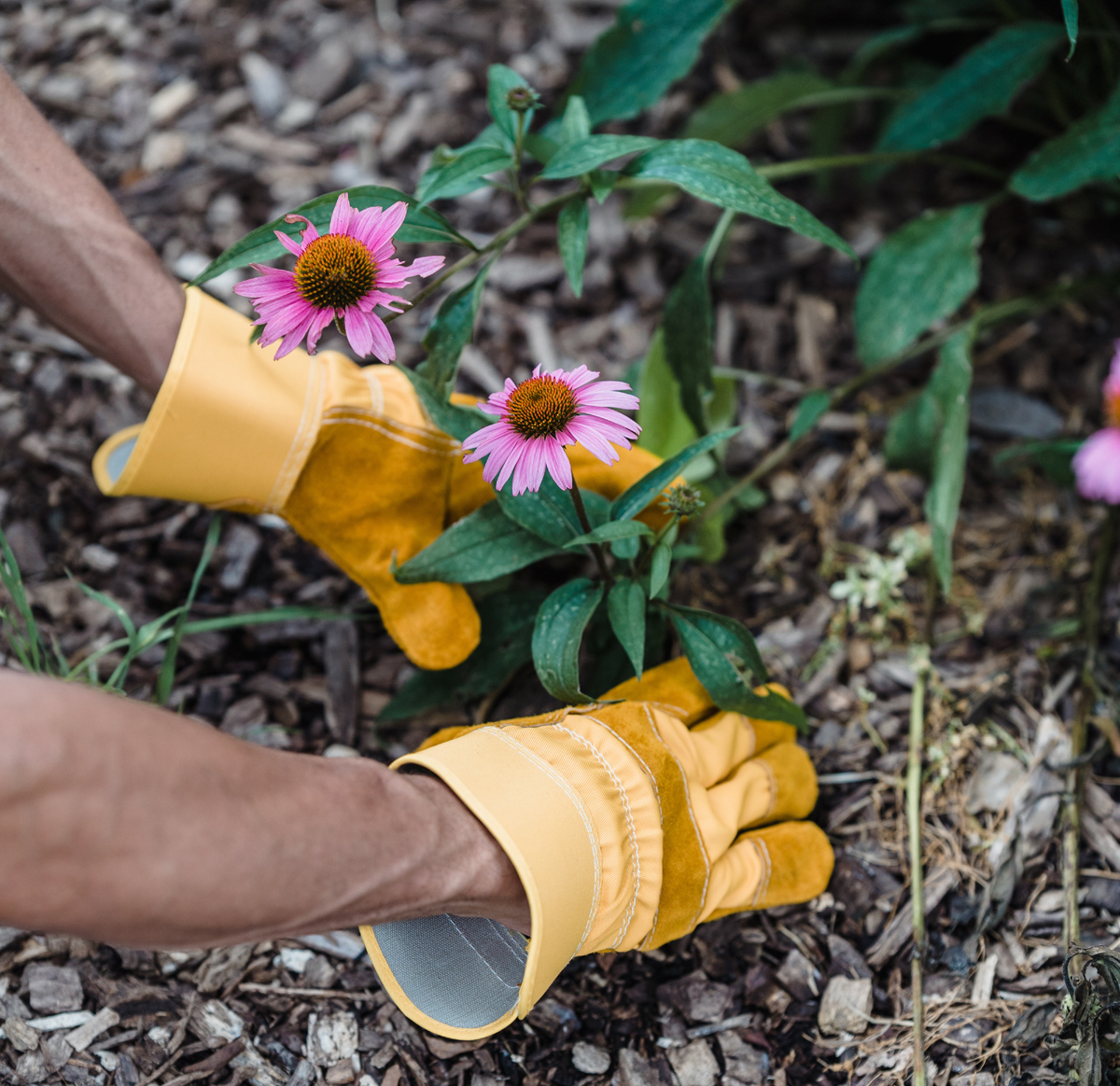If you want to garden for health, there are a few key plants that you will want to have as part of your medicinal garden. It is well documented that from the beginning of time we have depended on herbaceous plants to cure all sorts of ailments and diseases. Even the earliest writings by the Greek Dioscorides, believed to be Antony and Cleopatra’s private physician, listed as many as six hundred medicinal plants.
Those who study herbs and their medicinal properties are called herbalists. Some of the writings handed down through the centuries from these herbalists are based on scientific evidence while others are purely myths.
There is no denying though that certain herbs are good for particular ailments. Mixtures such as chamomile tea to relax at night, or peppermint mixed with cinnamon then boiled in a cup of water to help clear a stuffy head are hard to beat. Gardening for your health is fun and very much an adventure. To get you started, I have picked five key plants for a medicinal garden.
Five Key Plants for a Medicinal Garden
- Mint of any kind is good to include in your medicinal garden. Mints thrive in most any location and there is a wide range to choose from. Peppermint is one of the most popular ones and is especially known for its medicinal properties. It is used internally for indigestion, colic, colds, excess mucus and nausea. Externally it is used for skin irritation, upper respiratory tract infections, burn, ringworm and sinusitis. Just be sure to keep it planted in a pot in order to keep it contained.
- Garlic is a very familiar herb that is part of the allium family with a strong scented bulb that is used to flavor meat dishes, seafood and vegetables. It also has the added benefit of being a natural antibiotic that helps prevent infection and to treat colds, whooping cough and dysentery.
- Feverfew is great to have if you are prone to migraine headaches. It is also reported to be good for arthritis and digestive upsets. Not only that, but it also can relieve pain and muscle spasms. One added benefit to growing feverfew is that the pretty daisy-like blooms are excellent in floral arrangements and can cheer you up and make you feel better just by looking at them!
- Echinacea is also known as coneflowers. Native Americans generally regarded this plant as a cure-all. Research has recently shown that echinacea stimulates the immune system, promotes rapid healing of wounds, and has antiviral and antibacterial properties. In the garden, it is drought tolerant and also makes a great cut flower.
- Aloe is a succulent with long tapering leaves which contain a medicinal gel. Who has not tried opening up a leaf when burned and rubbing a little of the gel on the wound to stop the pain and to heal the burn? It should be a key plant in your medicinal garden but some caution is necessary for pregnant women.
Gardening for you health by growing herbs in your own medicinal garden will give you hours of fun. Before using herbs medicinally, be sure and check with your local doctor for any drug interactions.
The Author:
I live in a rural area of the Mid South. My husband and I love to garden on our 5 acres. We especially like growing flowers. My husband has been a landscape contractor for over 25 years. I enjoy drying what he grows and using it to make wreaths and arrangements. We also love to hike and be with our family.
Photo. Lara Jameson
